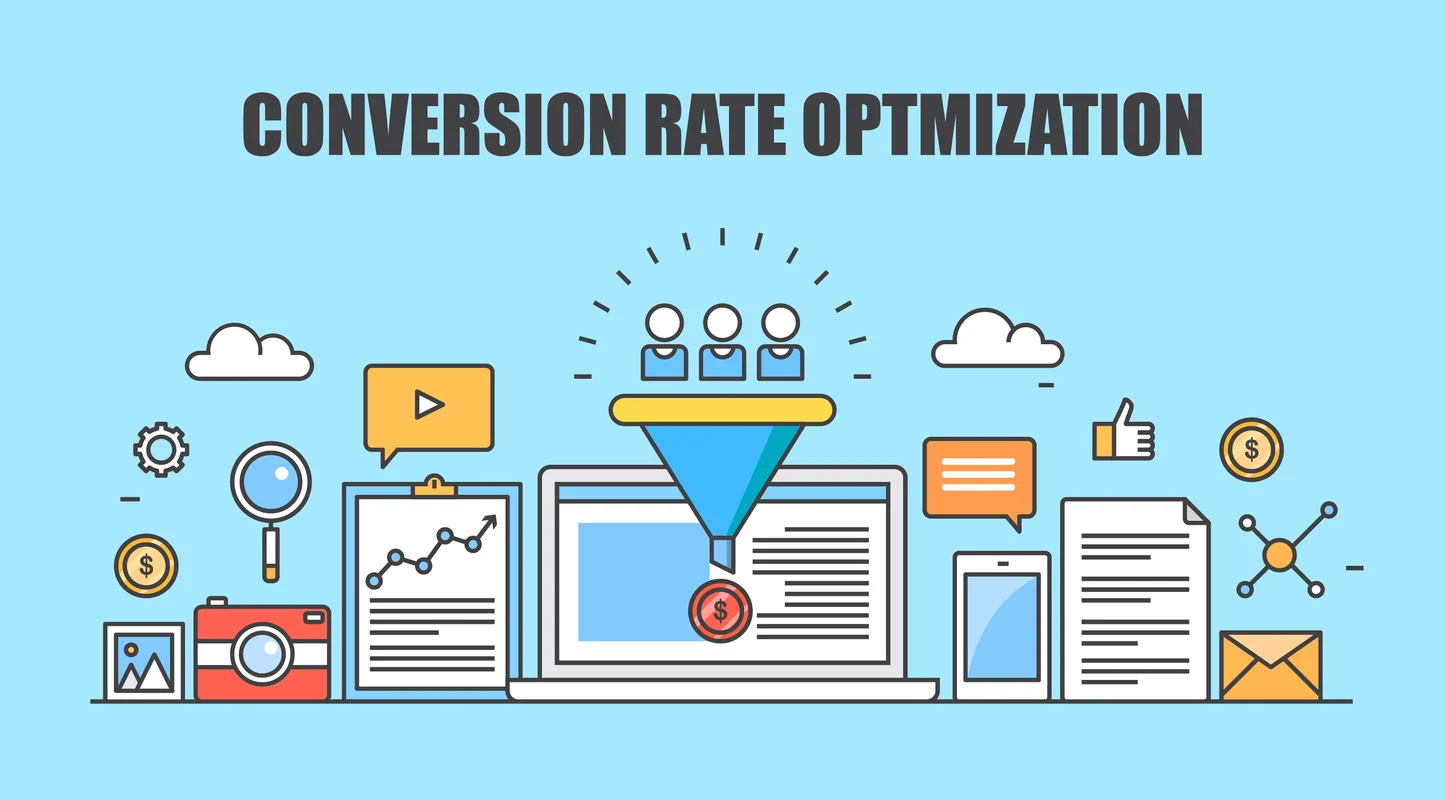Conversion Rate Optimization Techniques
What are Conversion Rate Optimization Techniques?
Definition:
Conversion Rate Optimization (CRO) techniques refer to the strategies and practices aimed at improving the percentage of website visitors who take a desired action, such as making a purchase, signing up for a newsletter, or filling out a contact form. CRO involves analyzing user behavior, identifying barriers to conversion, and implementing changes to enhance user experience and drive more conversions.
Analogy:
Think of conversion rate optimization as fine-tuning a sales process. Just as a skilled salesperson adjusts their approach to better connect with customers and close deals, CRO involves refining a website’s design and content to increase the likelihood of visitors completing desired actions.
Further Description:
Conversion rate optimization encompasses a range of strategies and tactics:
- A/B Testing: This involves comparing two versions of a web page (A and B) to determine which one performs better in terms of conversion rate. Elements such as headlines, call-to-action buttons, and page layouts can be tested to identify the most effective combination.
- User Experience (UX) Optimization: Improving the overall user experience can significantly impact conversion rates. This includes factors such as page load speed, navigation ease, mobile responsiveness, and intuitive design.
- Clear Call-to-Action (CTA): A prominent and compelling CTA encourages visitors to take action. Whether it’s “Buy Now,” “Sign Up,” or “Request a Demo,” the CTA should stand out and clearly communicate the next step.
- Simplified Forms: Lengthy or complicated forms can deter users from completing a conversion. Streamlining form fields and minimizing required information can reduce friction and increase form submissions.
- Social Proof: Displaying testimonials, reviews, and trust badges can build credibility and reassure visitors that they’re making the right decision. Social proof elements help alleviate doubts and encourage conversions.
- Personalization: Tailoring content and recommendations based on user preferences and behavior can enhance relevance and engagement, leading to higher conversion rates. Personalized product recommendations and targeted messaging can significantly impact conversion metrics.
Key Components of Conversion Rate Optimization:
- Data Analysis Tools: Utilizing analytics platforms like Google Analytics, Hotjar, or Optimizely to track user behavior, identify trends, and measure the effectiveness of CRO efforts.
- Conversion Funnels: Mapping out the stages of the customer journey and analyzing conversion rates at each stage to pinpoint areas for improvement.
- Multichannel Optimization: Optimizing conversion rates across various channels, including website, social media, email, and advertising, to create a seamless user experience.
Why is Conversion Rate Optimization Important?
- Increased Revenue: By improving conversion rates, businesses can generate more sales and revenue without increasing traffic or marketing spend.
- Better ROI: Optimizing conversion rates allows businesses to maximize the return on investment from their marketing efforts by ensuring that a higher percentage of visitors convert into customers or leads.
- Enhanced User Experience: CRO focuses on improving the user experience, which not only drives conversions but also fosters customer satisfaction and loyalty.
Examples and Usage:
- Booking.com: Implements A/B testing extensively to optimize website elements and improve conversion rates, resulting in higher bookings and revenue.
- Netflix: Utilizes personalized recommendations and a seamless user interface to enhance the user experience and drive subscription conversions.
- HubSpot: Provides comprehensive CRO tools and resources to help businesses analyze performance, implement optimization strategies, and increase conversion rates across channels.
Key Takeaways
- Conversion Rate Optimization involves analyzing user behavior, testing different strategies, and making data-driven changes to improve the percentage of website visitors who take a desired action.
- Key techniques include A/B testing, UX optimization, clear CTAs, simplified forms, social proof, and personalization.
- Conversion Rate Optimization is essential for increasing revenue, maximizing ROI, and enhancing the overall user experience.
- Businesses can leverage data analysis tools, conversion funnels, and multichannel optimization to implement effective CRO strategies.
- Booking.com, Netflix, and HubSpot are examples of companies successfully employing CRO techniques to drive conversions and achieve business goals.





